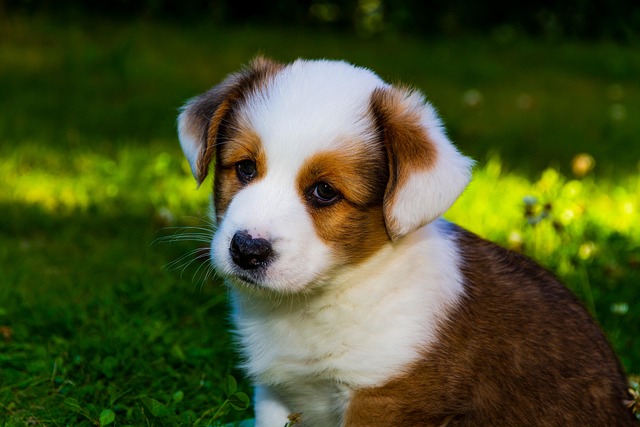
When will Samoyed have his teeth changed
When you look down at the Samoyed by your feet, it rubs your palm with its wet nose, revealing pink gums and tiny teeth.
When you gently stroke a Schnauzer's fluffy head, its ears—like fairy wings—flick softly, as if whispering boundless joy. However, beneath this adorable and lively exterior, small ears can become a hotbed for health hazards without careful care. Watching a Schnauzer frequently scratch its ears, shake its head, or even develop odors and discharge due to ear discomfort, the worry and distress will instantly overwhelm you. Cleaning a Schnauzer's ears is not just a daily hygiene routine but also a silent promise from owners to protect their health with love. Every gentle wipe is a heartfelt response to this fluffy trust.
To clean a Schnauzer's ears scientifically, it is first essential to understand their ear structure. Schnauzers are a drop-eared breed with an L-shaped ear canal. This unique structure hinders air circulation, making it easy for dirt, moisture, and oil to accumulate. Normally, a dog's ear canal secretes cerumen (earwax), which provides protection by blocking dust and foreign objects. However, Schnauzers have dense ear hair, and overly long hair further obstructs ear canal ventilation, promoting earwax buildup and creating favorable conditions for the growth of bacteria, fungi, and mites. Once the ears are infected, Schnauzers will feel itchy and painful; in severe cases, it may trigger otitis media, inner ear inflammation, affect hearing, or even endanger life.
In daily life, owners can determine whether a Schnauzer's ears need cleaning through certain signs. If the Schnauzer frequently scratches its ears with its paws, shakes or tilts its head, has a foul odor in its ears, brown or black discharge in the ear canal, or red and swollen ear skin, these are all "distress signals" from the ears. However, even without these obvious symptoms, ears should be cleaned regularly—generally, preventive cleaning every 1–2 weeks is appropriate.
To clean a Schnauzer's ears, suitable tools and supplies need to be prepared in advance. Specialized pet ear cleaning solution is essential, as it can effectively dissolve earwax, inhibit bacterial growth, and has a gentle formula that does not irritate the dog's ear canal. Cotton balls or soft cosmetic pads are used to wipe the outer ear canal and pinna; avoid using cotton swabs, as their small tips can easily push earwax deeper into the ear canal or accidentally damage the fragile eardrum if not operated properly. If the Schnauzer has excessively long ear hair, professional ear hair powder and hemostatic forceps are also needed for ear hair removal.
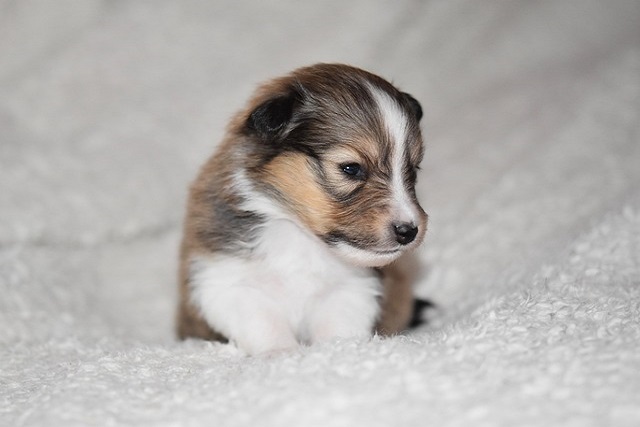
Before starting the cleaning, ensure the Schnauzer is in a comfortable and relaxed state. Choose a time when it is in a good mood, such as after playing, or soothe it with gentle strokes and soft words. Gently hold the Schnauzer in your arms, fix its head, and gently open its ears to observe the inside of the ear canal. If the ear hair is too long, first sprinkle an appropriate amount of ear hair powder and gently rub the ear to allow the powder to fully adhere to the ear hair, providing lubrication and reducing pain during hair removal. Then use hemostatic forceps to pluck excess ear hair from the ear canal in small tufts, with gentle and quick movements to avoid excessive pulling.
Next, drip an appropriate amount of ear cleaning solution into the ear canal—generally 3–5 drops per ear. After dripping, gently knead the base of the ear for 1–2 minutes to fully mix the solution with the earwax, softening and decomposing it. You will hear a "gurgling" sound, which is the ear cleaning solution at work. After releasing your hand, the Schnauzer will instinctively shake its head to flick out most of the dissolved earwax and solution. Then use a cotton ball or cosmetic pad to gently wipe the residual dirt and liquid from the outer ear, pinna, and entrance of the ear canal, taking care not to go deep into the ear canal to avoid injury.
Throughout the cleaning process, always pay attention to the Schnauzer's reactions. If it shows resistance or pain, stop the operation immediately, give comfort and rewards such as snacks and praise to relieve its tension, and continue after it calms down. If there are obvious wounds, bleeding in the ears, or if symptoms do not improve or even worsen after cleaning, be sure to take it to a pet hospital promptly for professional veterinary examination and treatment.
Every ear cleaning for a Schnauzer is an interaction full of love. When you see its clean and fresh ears regain their agility after cleaning, and it happily wags its tail and circles around you, you will understand that these trivial daily care tasks carry full love for it. In the countless days to come, may we all use this meticulousness and patience to safeguard the ear health of Schnauzers, allowing them to continue listening to the beautiful sounds of the world with their lovely ears.

When you look down at the Samoyed by your feet, it rubs your palm with its wet nose, revealing pink gums and tiny teeth.
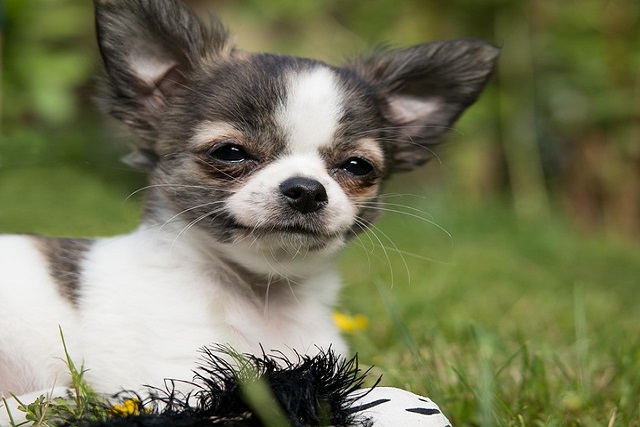
When you gently stroke the fluffy, soft white fur of a Samoyed and feel the smoothness under your fingertips, it's like touching a warm cloud
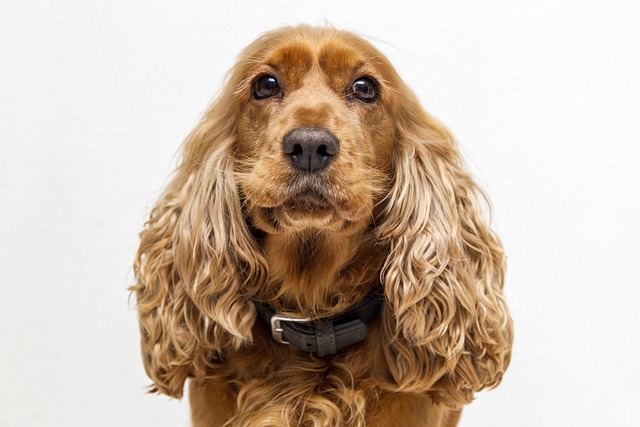
The clear and bright eyes of dogs are an important window for establishing emotional connections with us. When this window is covered with haze, the owner is often distressed and anxious.
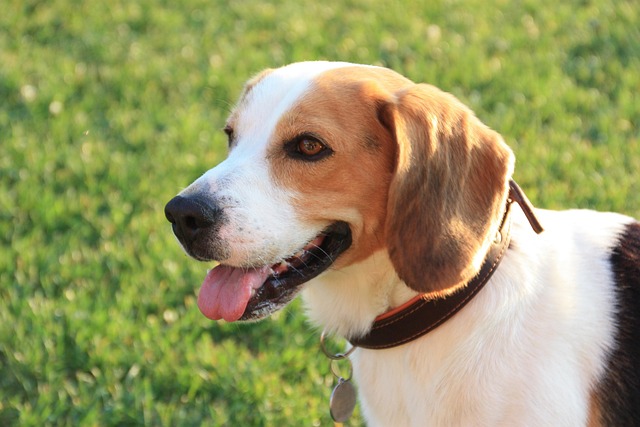
When the dog that used to be gentle and cute, wagging its tail to greet you, suddenly bares sharp teeth, emits low growls, or even makes lunging bites,
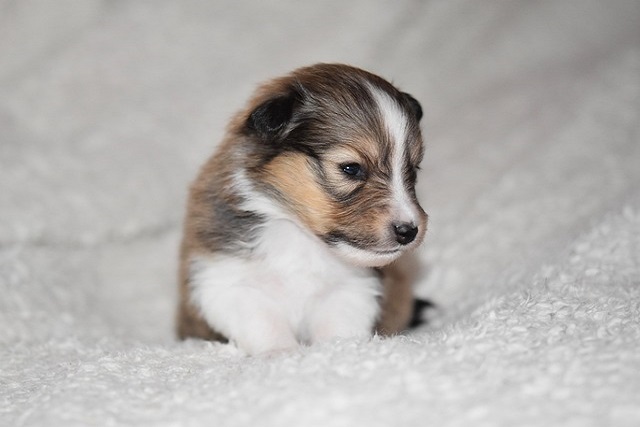
When you gently stroke a Schnauzer's fluffy head, its ears—like fairy wings—flick softly, as if whispering boundless joy. However,

As pet owners,we always want to give our dogs the best care,and deworming is an important part of daily care.The question of"whether to feed deworming medicine to dogs without parasites"involves health considerations and emotional care.